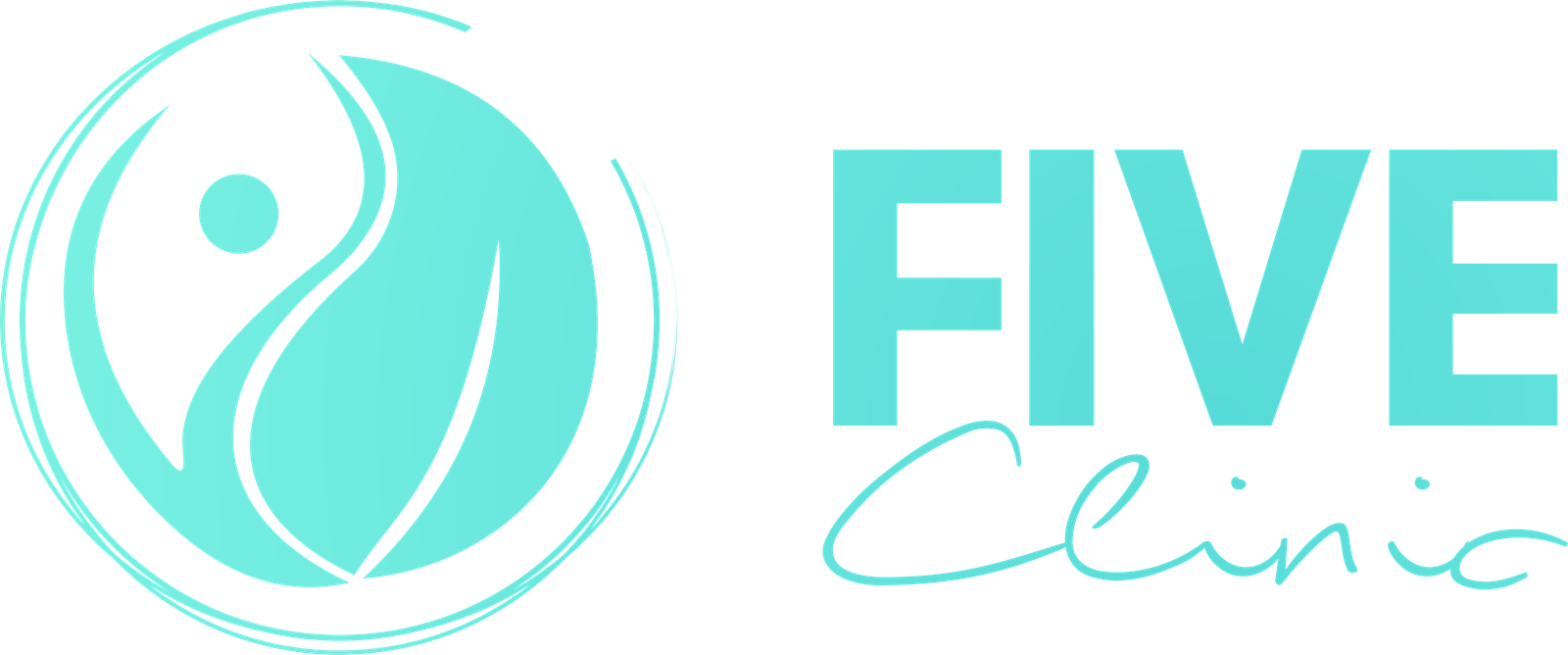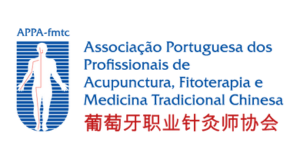Chinese Medicine: a natural and effective treatment for pain
Introduction
Pain is an unwanted companion that we all encounter at some point in our lives. It can manifest in various forms, intensities, and durations, serving as an alert signal from our body. But is pain just an alert signal? Or something more? Because pain is a message from our body, simply silencing it would be neglecting something essential.
Pain in Chinese Medicine: A Holistic Perspective
Despite being a common symptom, pain is not always easy to endure. It can be debilitating, interfere with our daily activities, affect our sleep, and impact our mood and overall well-being. For Chinese Medicine, pain transcends mere physical sensation. It is seen as an energetic imbalance that requires a holistic approach to be properly understood and treated. Identifying the root cause of this imbalance and restoring harmony in the body are the fundamental pillars of this process. When Qi (energy) and Xue (blood) circulate freely, balance is restored, and pain gives way to well-being.
Understanding the Language of Pain:
Pain, whether acute or chronic, is a factor that drastically impacts the quality of life. While acute pain serves as an alert to imminent injuries, chronic pain can be a complex challenge, affecting not only the physical but also the emotional and social aspects. Understanding this language of pain is essential for providing effective treatment.
Causes of Pain in Chinese Medicine:
According to the principles of Traditional Chinese Medicine, pain arises from imbalances in the circulation of Qi and Xue, manifesting as a deficiency (Empty type pain) or blockage (Full type pain) of these energies. These imbalances can be triggered by various factors such as emotional stress, improper dietary habits, lack of physical activity, physical injuries, and exposure to adverse weather conditions.
The Path to Relief: Chinese Medicine Approaches to Pain
For pain treatment, Chinese Medicine offers a set of ancient techniques, with acupuncture being one of the most well-known and studied. This therapy involves inserting fine needles into specific points on the body to help stimulate the flow of Qi and blood and relieve pain. Their placement activates nerve fibers to stimulate the production of neurotransmitters capable of controlling pain and promoting the body’s self-healing process. The selection of these points varies from person to person, depending on the characteristics of the pain and the patient, and can be local or distant from the pain location.
Many scientific studies demonstrate the efficacy of acupuncture in treating chronic, acute, and condition-associated pain. Research shows that acupuncture can help alleviate chronic pain, acute pain, and even pain associated with conditions such as migraines, arthritis, fibromyalgia, lower back pain, and cancer. Besides being effective, acupuncture is safe and can act alone or be included in a multidisciplinary protocol. Its mechanisms of action are becoming known through various clinical studies demonstrating its analgesic, anti-inflammatory, muscle relaxant, sedative, hemostatic, immunomodulatory (immune system regulation), and healing process-stimulating actions.
In addition to acupuncture, Chinese Medicine also utilizes other approaches, such as those listed below, to restore balance and promote well-being. Each of these techniques has its own benefits and can be tailored to meet the individual needs of each patient.

Herbal Medicine: The use of medicinal plants can help treat the underlying cause of pain and promote natural healing. According to the patient’s individual diagnosis, different plants are combined to create a formula for each case.
Tui Na Massage: Chinese therapeutic massage helps unblock the flow of Qi and blood, relieve muscle tension, and reduce pain. It helps improve flexibility, blood circulation, and muscle relaxation.
Qi Gong Exercises: Qi Gong exercises promote the flow of Qi and blood, relaxation, and overall well-being, and can help reduce pain. Deep breathing and slow, smooth, controlled movements characteristic of this practice are important for its effectiveness.
Diet Therapy: Nutrition is another pillar of Chinese medicine, and specialists usually provide personalized recommendations based on the diagnosis during consultations.
Importance of Individualization
Each patient is unique, and therefore Chinese Medicine offers a personalized treatment plan. After a comprehensive evaluation, including medical history and specific diagnosis, the specialist will recommend the most suitable combination of treatments for each case, including Qi Gong exercises, dietary changes, and lifestyle adjustments. This individualized approach is essential to ensure effective and lasting results.
Benefits of Chinese Medicine for Pain
One of the great advantages of the Chinese Medicine approach is its holistic nature, which treats not only the symptoms but also the underlying causes of pain. Additionally, treatments are safe, free from undesirable side effects, and significantly improve the quality of life.
Chinese Medicine offers several benefits for pain treatment:Pain Relief: Scientific studies show the efficacy of acupuncture and other Chinese Medicine techniques in relieving chronic and acute pain.
Inflammation Reduction: Various Chinese Medicine techniques, such as acupuncture and herbal medicine, can help reduce inflammation that contributes to pain.
Improved Overall Well-Being: The holistic approach of Chinese Medicine not only aims to relieve symptoms but also promotes health and overall well-being, improving the patient’s quality of life.
Lower Risk of Side Effects: When administered by a qualified specialist, Chinese Medicine, including acupuncture, is generally safe, well-tolerated, and presents almost no side effects.
Some Tips for Managing Pain Naturally
Identify the Cause of Pain: The first step to treating pain is identifying its cause. If the pain is caused by an injury, for example, it is important to give the body time to heal. If the pain is caused by a chronic illness, it is necessary to seek appropriate medical treatment.
Practice Physical Exercise: Regular physical activity helps reduce pain and improve overall well-being.
Maintain a Healthy Diet: A nutrient-rich diet provides the body with the resources to combat pain. In general, a diet rich in fruits, vegetables, whole grains, and lean proteins can provide the body with the necessary nutrients to reduce inflammation. Anti-inflammatory foods, such as ginger, turmeric, and berries, can also be beneficial for pain relief. It is important to avoid processed, sugary foods and those high in trans fats, as they can contribute to inflammation and worsen pain.
Reduce Stress: Stress can exacerbate pain. Acupuncture, Qi Gong, and meditation can help reduce stress and promote relaxation.
Seek Professional Help: If the pain is intense or persistent, it is important to seek professional help. A doctor or qualified Chinese Medicine specialist can recommend the most appropriate treatment.
Conclusion
Pain does not have to be a life sentence. With the holistic approach of Chinese Medicine, it is possible to find relief and restore well-being in a natural and safe way. If you live with pain, consider trying the treatment options of Chinese Medicine. This ancient practice may be the key to a healthy and pain-free life.









